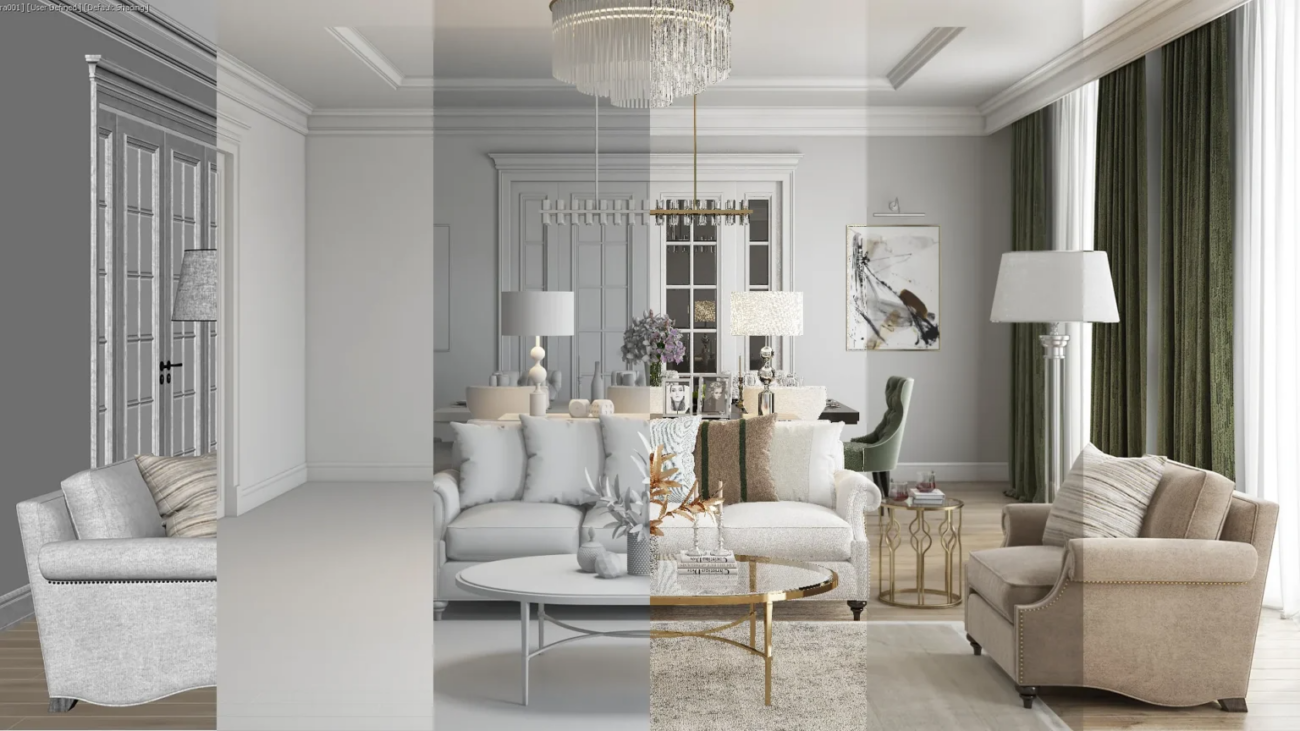3D visualization has totally transformed how professionals share their ideas, whether it’s for architectural designs or product prototypes. It gives designers, creatives, and businesses a way to bring their concepts to life in a dynamic and engaging way, making even the most complex ideas easy to understand.
If you want to stand out in this competitive field, being able to deliver outstanding 3D visualization Dubai is a must. Here are a few tips to help you create visuals that really impress!
Focus on Accurate Modeling
The foundation of any strong 3D visualization lies in precise and realistic modeling. Paying attention to details such as proportions, textures, and object placement can elevate your work significantly. Rushed or inaccurate models can detract from the overall impact, so invest the time needed to fine-tune each element. High-quality models help your visualization appear more professional, making it easier for audiences to connect with the content.
Use Lighting to Set the Tone
Lighting plays a critical role in the overall effectiveness of a 3D visualization. Experimenting with lighting setups can help create atmosphere, focus attention, and enhance realism. Consider the light’s intensity, color, shadows, and reflections to align with the project’s style and mood. A well-lit visualization will not only look more attractive but also convey your narrative more effectively.
Choose Appropriate Textures and Materials
Textures and materials are another key aspect of creating stunning 3D visuals. The choice of surfaces, whether glossy, matte, or textured, will influence the realism and aesthetic appeal of your project. Ensure that the textures match the objects they’re applied to and pay attention to the resolution to avoid blurring or pixelation.
Optimize Rendering Settings
To achieve high-quality results, it’s essential to optimize rendering settings. Factors such as resolution, anti-aliasing, and sampling directly impact visual clarity and overall professionalism. While aiming for high quality, balance rendering times to meet project deadlines efficiently. Experimenting with different render engines can also provide a variety of stylistic options.
Add Post-Processing and Final Touches
After rendering, use post-processing to fine-tune the visuals. Enhance colors, adjust contrast, and add effects like depth of field or motion blur to make your visuals more dynamic. This step can transform your project, giving it polish and finesse that captivates the audience.
